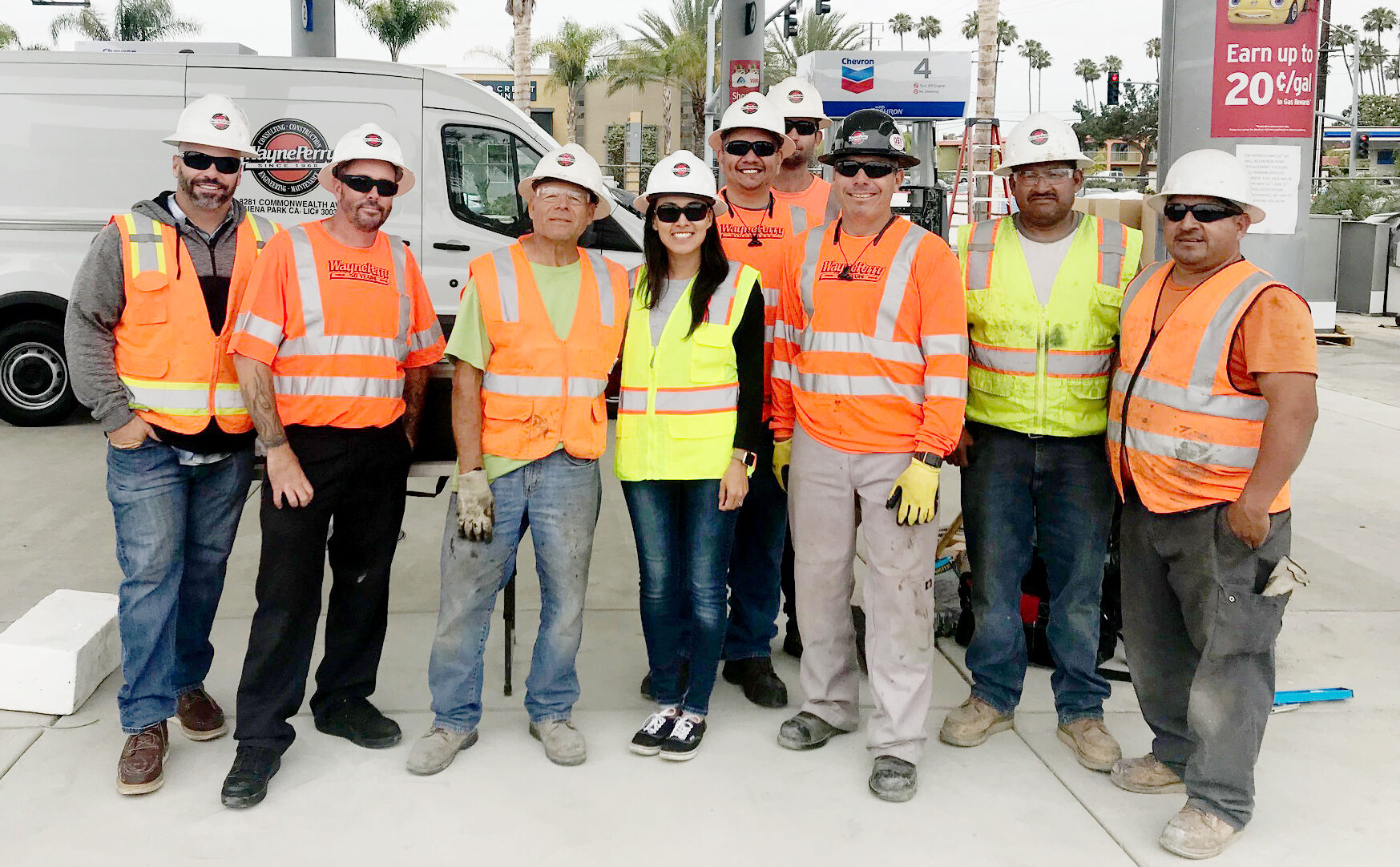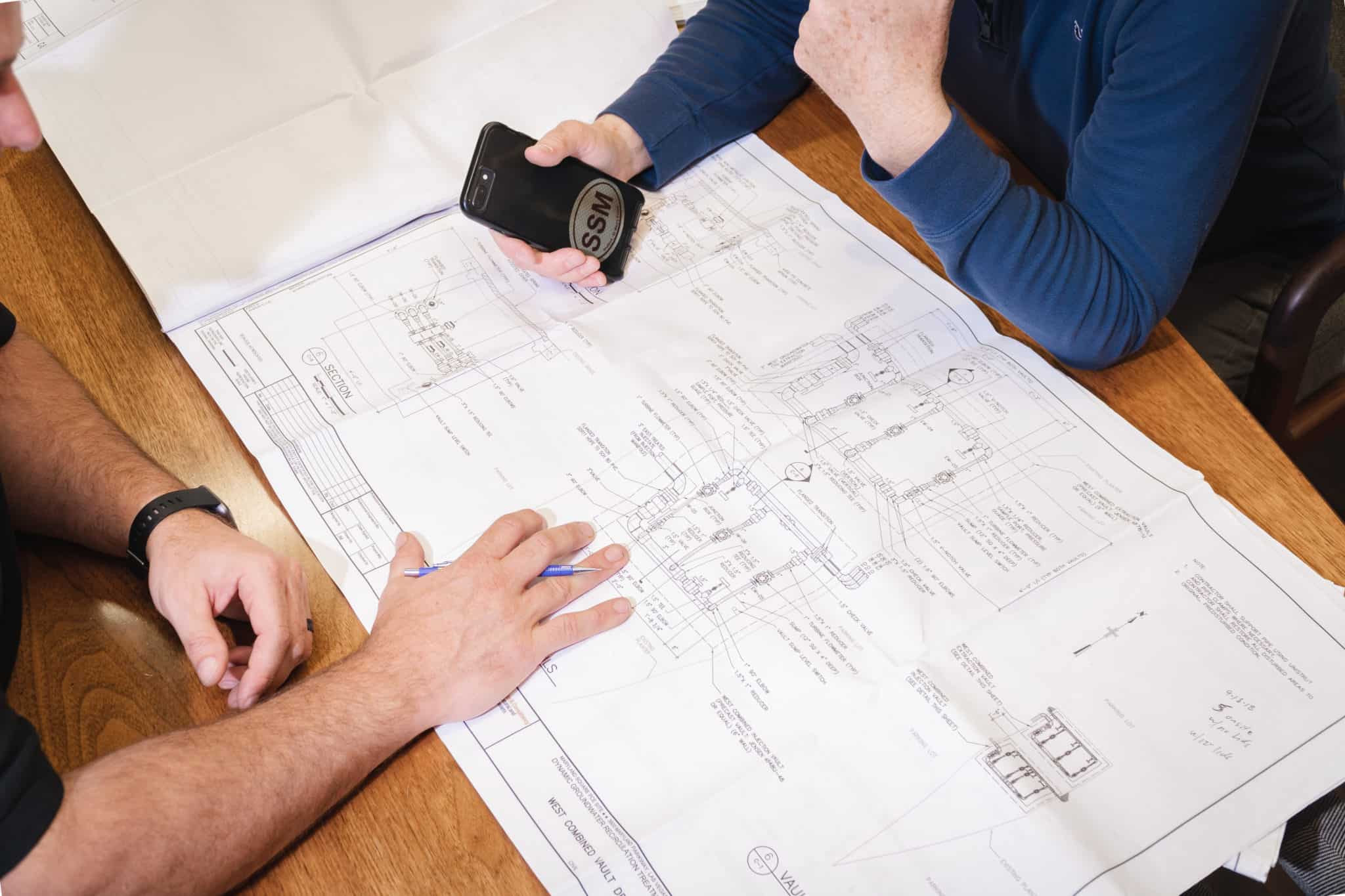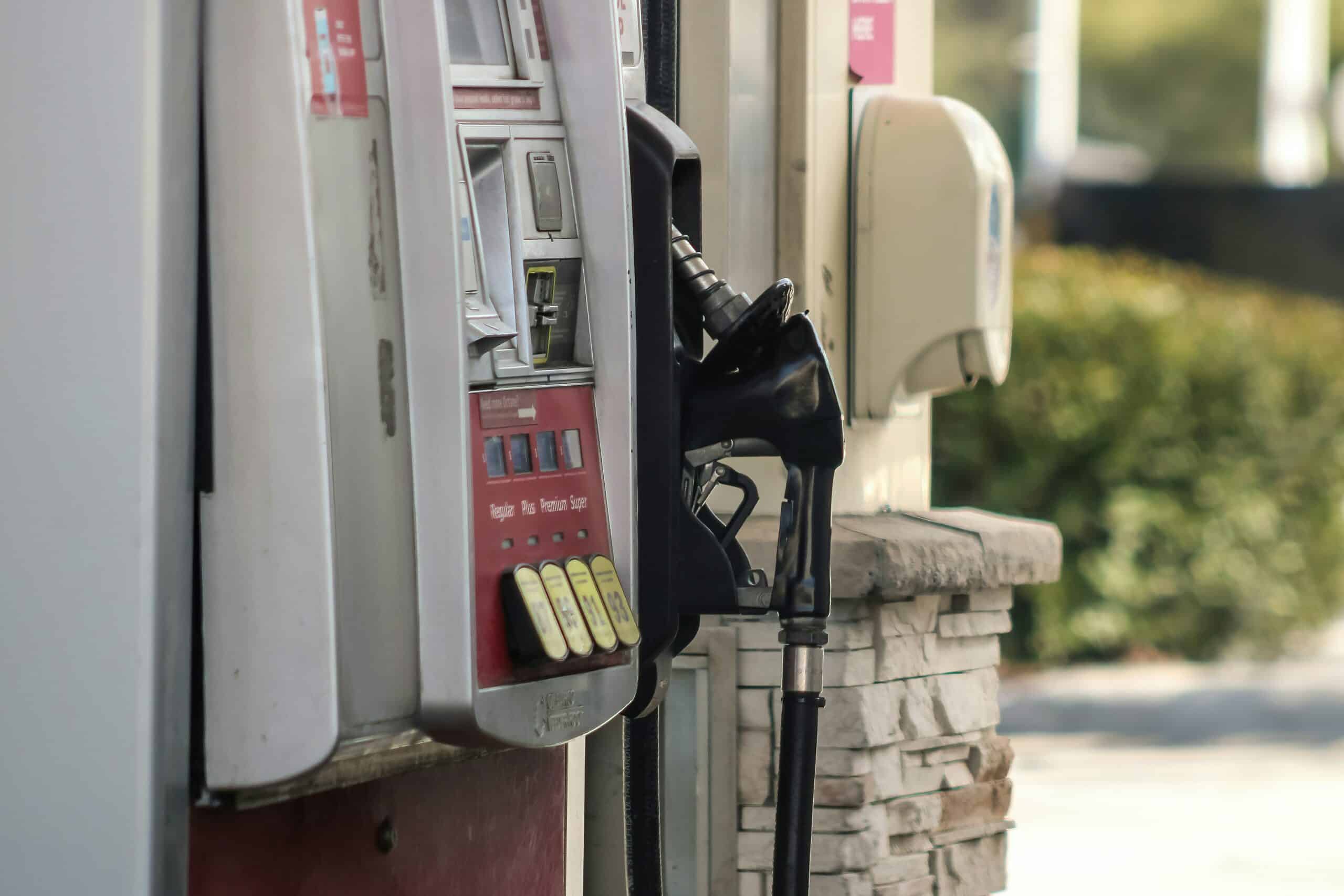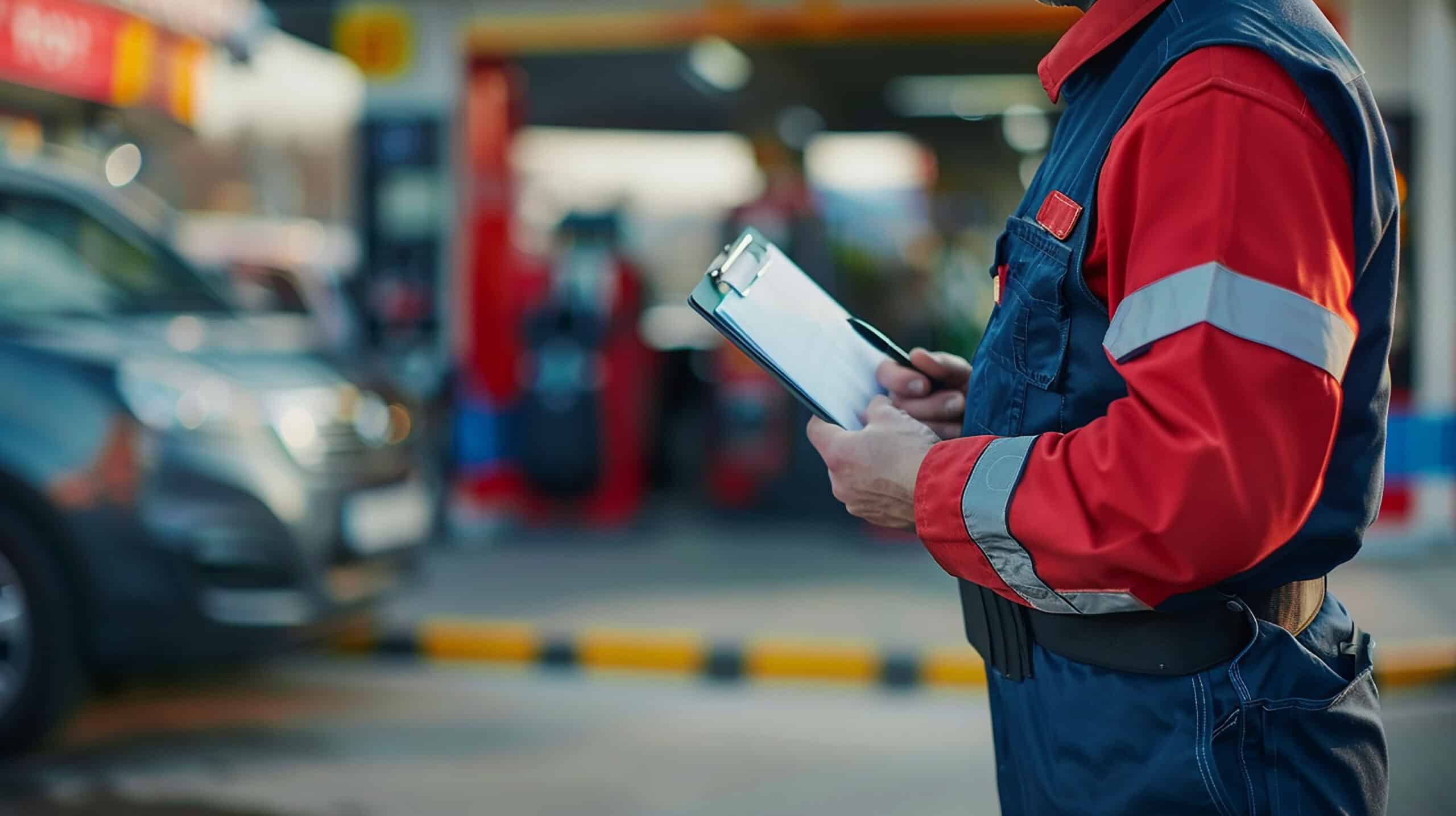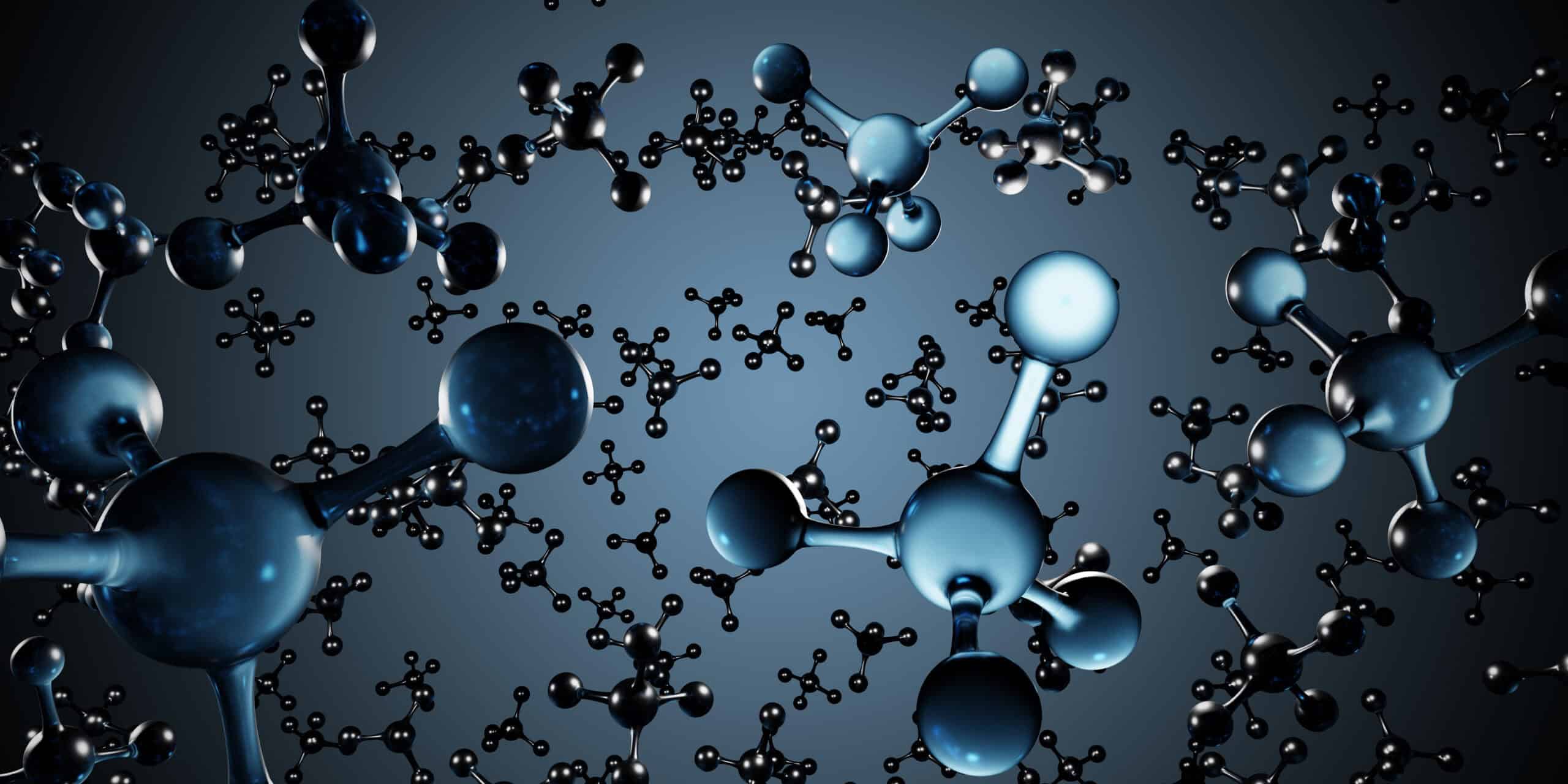The Digital Revolution and artificial intelligence (AI) have ushered in a technological era in which time-consuming, repetitive tasks can be accomplished automatically–without manual intervention. By equipping your station with a centralized monitoring system, you can eliminate the need to visually inspect your premises and manually test your equipment, sparing you manpower, repair, and overhead costs.
While there are many different types of remote monitoring systems, the majority of these are designed to monitor, detect, and troubleshoot equipment irregularities, so your crew doesn’t have to. These systems not only alert you to potential issues before they become problems but keep your station running at peak performance. Remote monitoring also provides data-driven insights for you to make the most informed decisions.
The elements of remote monitoring
A remote monitoring system consists of hardware and software that continuously collect data on your business processes, infrastructure, and day-to-day operations. Alerts are provided whenever the system observes irregularities across any of your systems, so issues can be resolved immediately.
Remote monitoring systems are comprised of the following components:
- A graphical interface: A monitor or computer screen that enables operators and technicians to oversee and control network-connected equipment on your premises or from an off-site location.
- Programmable Logic Controls (PLCs): Controllers that interface with your station’s equipment and transmit data from sensors and meters that measure temperature levels, flow rates, pressure, voltage, and other variables to ensure everything is working correctly.
- Storage and analytical tools: The data collected from the network are stored in the system’s database for historical purposes, including tracking and analysis. Built-in tools enable operators to identify trends, vulnerabilities, and performance patterns for you to make the most informed decisions.
The benefits of remote monitoring systems
Remote monitoring can provide many benefits for your business:
- Enhanced security: You have a smart way to keep an eye on your entire operations, even after hours, when no one is physically on-site. In addition to the data collection and analytics benefits the system affords, you can add surveillance cameras to monitor your gas pumps, other equipment, and convenience stores for theft and vandalism.
- Operational efficiency and cost savings: Real-time monitoring of your equipment provides insights into your tank’s fuel levels, equipment performance, and needed maintenance. The up-to-the-minute data you receive enables you to optimize work schedules, perform proactive equipment maintenance, and reduce downtime and manpower requirements.
- Regulatory compliance: Remote monitoring of your tanks, pumps, piping, and other infrastructure for leaks and inefficient operation alerts you to potential issues you can immediately address to avoid costly violations and environmental cleanups.
- Business insights: Gain a competitive edge with valuable insights into customer behavior, peak hours, product sales, and other important operating data. These insights can guide you to make informed decisions on inventory optimization, pricing, safety, and more.
By investing in a remote monitoring system, you can improve your station’s overall security, operational efficiency, regulatory compliance, and profitability. Contact us to learn more about these systems and how they can benefit your business.
